No change — no matter how desirable — ever arrives alone: it brings with itself benefits, costs, and damages. The ratio of these three factors can dramatically shift over time. What shines as an advantage today may become a heavy burden tomorrow. Whether a change proves beneficial in the end depends significantly on the vantage point from which one views the world map. Therefore, anyone who is only willing to discuss a given change from a single perspective, at a single moment in time, and from a single viewpoint, is not offering analysis but engaging in propaganda.
And Ukraine’s accession to the European Union is no exception.
I accept that, from the western edge of the continent, in the first half of 2025, Ukraine’s EU membership may seem like a dairy product made entirely of cheese and no holes. However, when considered from elsewhere and with a broader time horizon, the same decision appears in an entirely different light. As is my habit, I will once again play the devil’s advocate and introduce a few perspectives into the discourse that those celebrating the accession so elegantly ignore. This article offers a rapid assessment of the national security aspects of Ukraine’s EU membership — more precisely, the repercussions that are relevant to internal security.
Let's begin with one of the most fundamental, yet often overlooked factors: the length of borders. With Ukraine’s accession, the European Union’s shared border with Russia and Belarus will practically double. This fact alone represents a clear security threat, as doubling border protection capacity — whether in manpower or technology — will impose a heavy financial burden on Europe.
To grasp the scale and magnitude of these costs, consider the evolution of Frontex’s budget from 2014 to the present day. The level of border security deemed acceptable by the EU in 2014 cost the EU’s citizens €100 million annually. Ten years later, that amount has increased ninefold, reaching €900 million, with the 2027 budget projected at €1.27 billion. Meanwhile, the length of borders to be monitored has not increased even marginally. With the expected doubling of EU borders, we are likely to find ourselves in the €2.5–3 billion range.
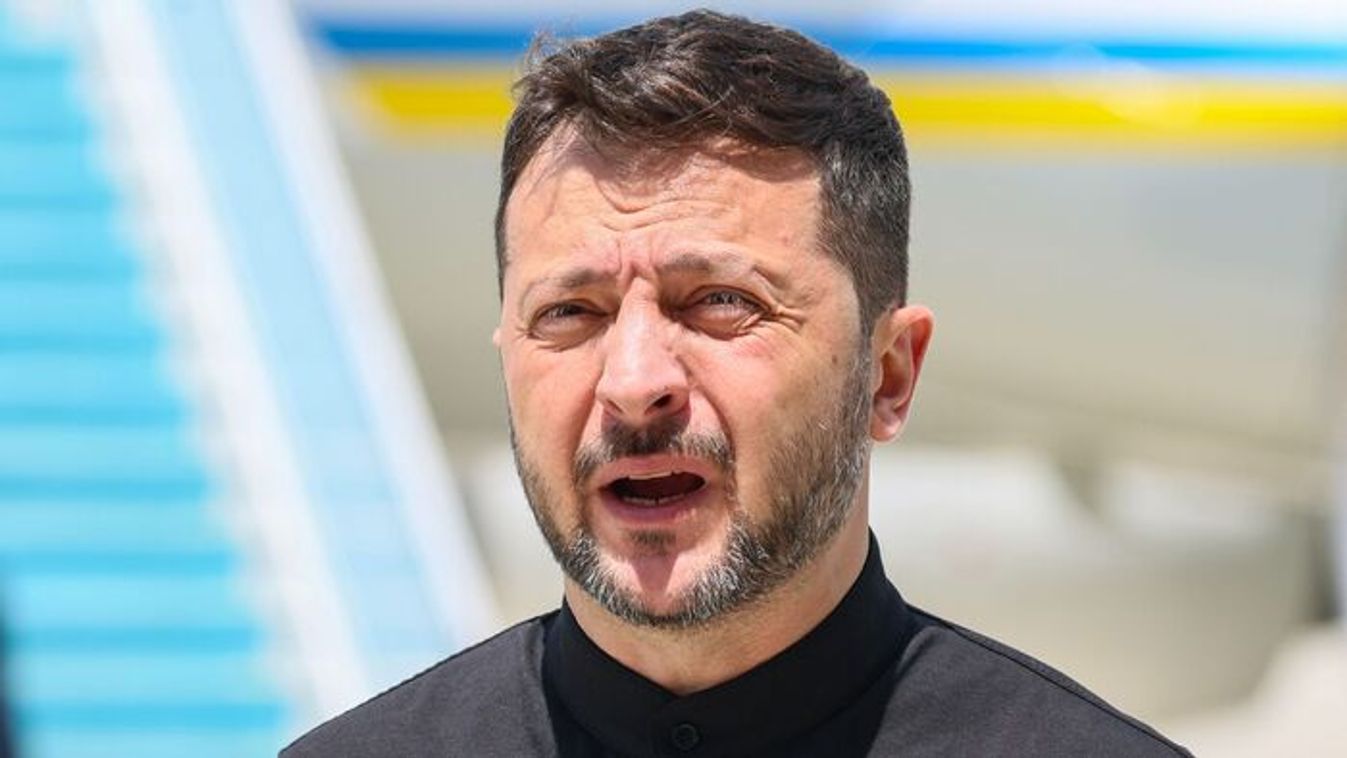



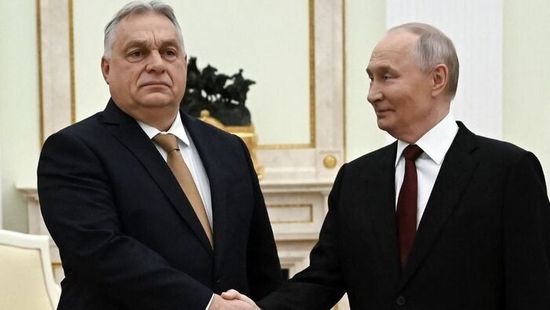


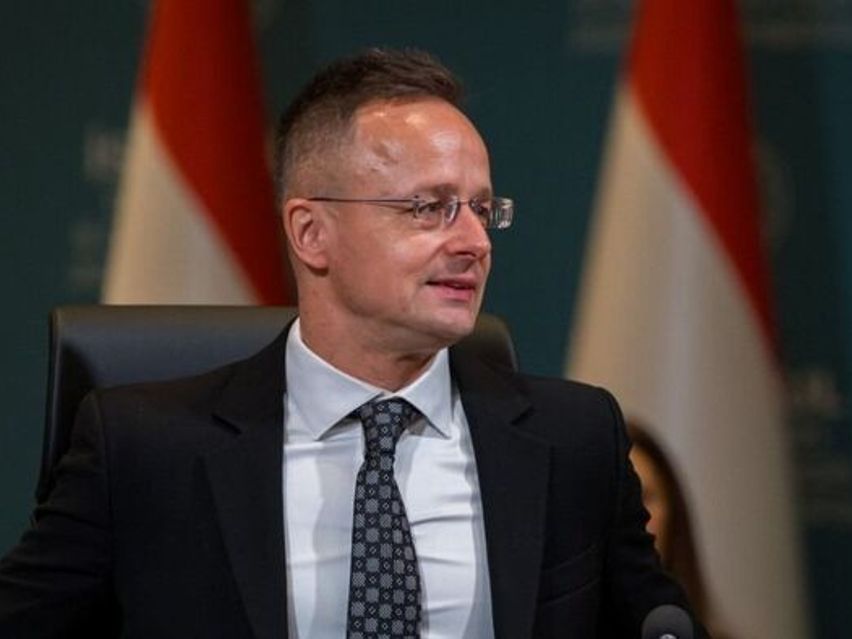

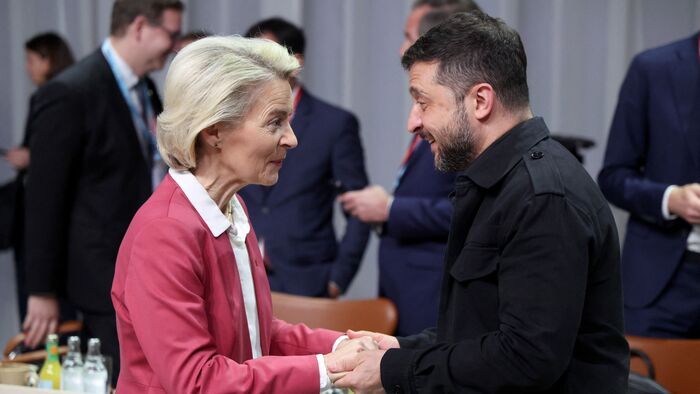


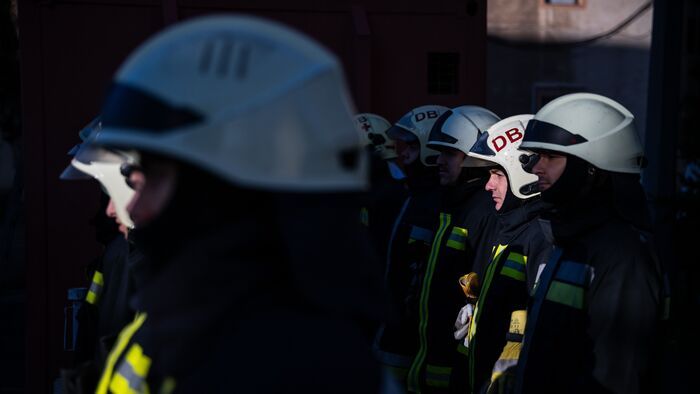
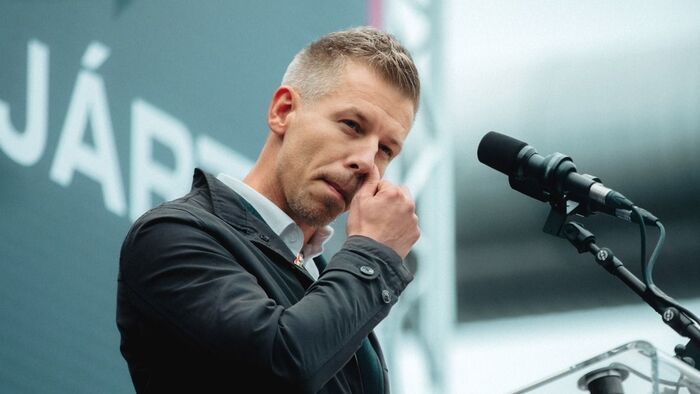

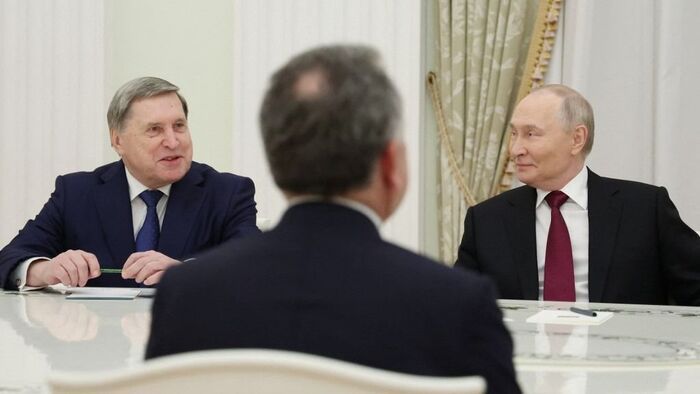

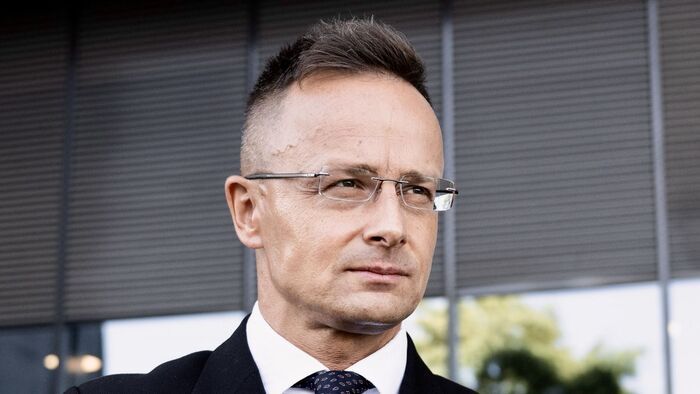


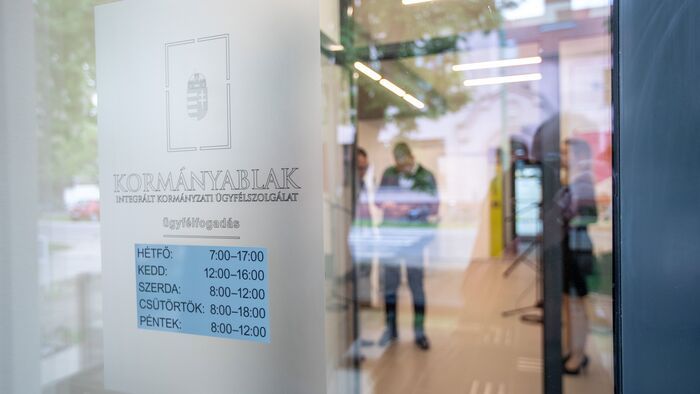

Szóljon hozzá!
Jelenleg csak a hozzászólások egy kis részét látja. Hozzászóláshoz és a további kommentek megtekintéséhez lépjen be, vagy regisztráljon!